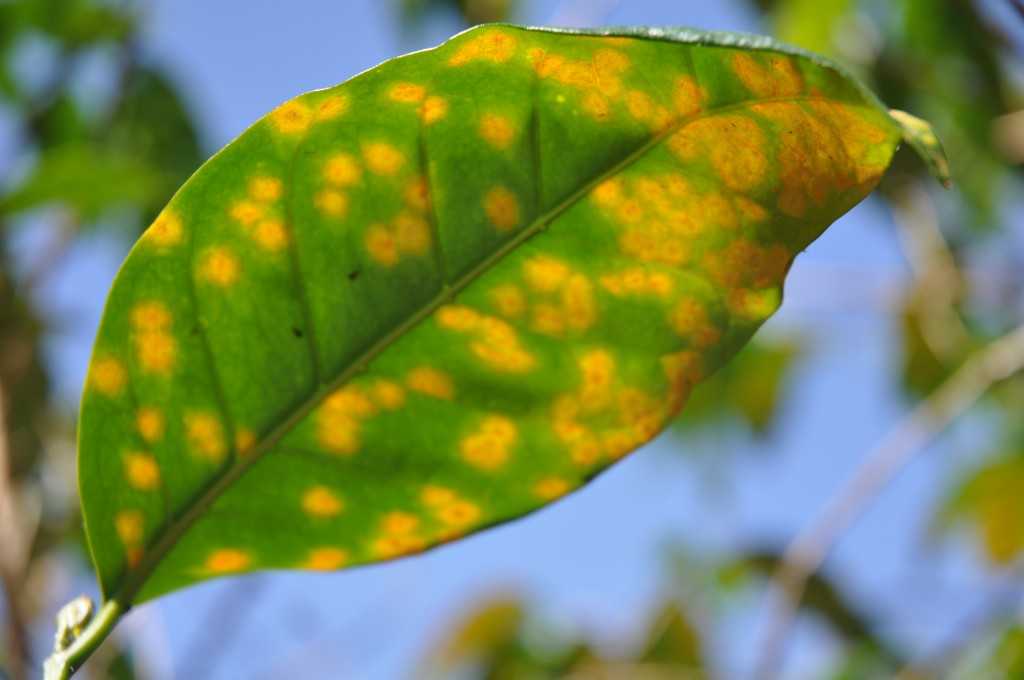WEST LAFAYETTE, U.S. — Cathie Aime, a Purdue mycologist, broadly studies the systematics of coffee rust fungi. Aime’s unique standing in rust research stems, in part, from one of the two Purdue herbaria – libraries of dried plants and fungi available for research.
Aime is director of both the Ralph M. Kriebel Herbarium, which contains about 75,000 vascular plants and more than 23,000 non-rust fungi, and the Joseph C. Arthur Herbarium, which at more than 108,000 specimens is one of the largest rust fungi collections in the world.
Her expertise has led to a grant from World Coffee Research, a nonprofit collaborative research and development program of the global coffee industry, which will support a postdoctoral student in Aime’s lab to help build a more comprehensive understanding of the biology of coffee leaf rust, from its reproductive processes to an annotated genome.
“This is one of those rusts that even though it’s been with us for over 100 years, we don’t even understand its entire life cycle,” Aime said.
“This is much more difficult than it sounds. For rust fungi, they’re obligate pathogens, so you can’t get pure DNA in meaningful quantities. You can’t grow it in culture or manipulate it in the lab. And they’re microfungi, so you are dealing with extremely small organisms embedded in their host.”
For a pathogen that can cause such damage to such an important crop, it might be surprising that more isn’t already known about coffee leaf rust. But it’s been a long time since it’s been a serious problem.
The most famous example of the rust’s devastation dates to the late 1800s in the British colony of Ceylon – present-day Sri Lanka. The island had been a major coffee producer until coffee leaf rust wiped out the crop. Ceylon turned to producing tea, which is still a staple of British life.
In the 1970s, Central America coffee crops were threatened by coffee leaf rust, but management practices and new resistant coffee varieties kept losses low.
“Suddenly it is once again becoming of extreme economic importance,” Aime said. “There’s low levels of rust disease evident everywhere, but they haven’t caused the kind of major epidemics, besides Ceylon, that we’re seeing again today.”
This time may be different. Coffee leaf rust has already caused significant damage, and there is evidence that the pathogen is evolving, breaking the defenses of resistant coffee varieties. Coffea arabica (arabica coffee) and Coffea canephora (robusta coffee) make up about 75 percent and 20 percent, respectively, of coffee production globally. Arabica is much more susceptible to coffee leaf rust than robusta.
Having an annotated coffee leaf rust genome would give breeders valuable information about how this species of rust is able to generate the genetic diversity necessary to overcome host resistance.
“Sequencing and annotating the coffee leaf rust genome is essential research work in our quest to combat coffee’s No. 1 disease. With this information in place, breeders may draw on it to create varieties resistant to rust,” said Tim Schilling, CEO and founder of World Coffee Research. “Dr. Aime and the team at Purdue is doing crucial research in this regard. With her specific expertise in the evolution of rust fungi, Dr. Aime is uniquely equipped to help us develop a solution to this extreme challenge complicating the future of coffee production.”
Brian Wallheimer















